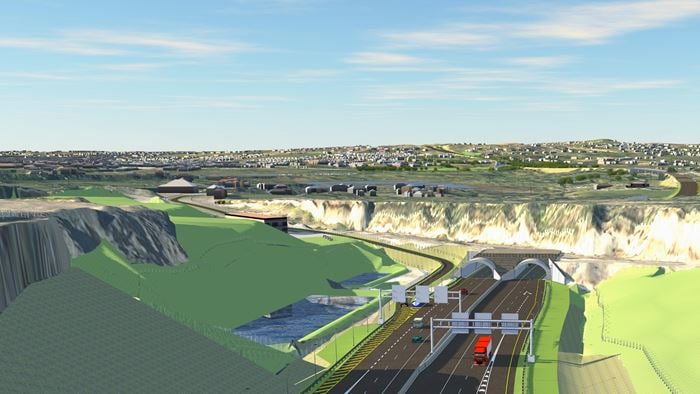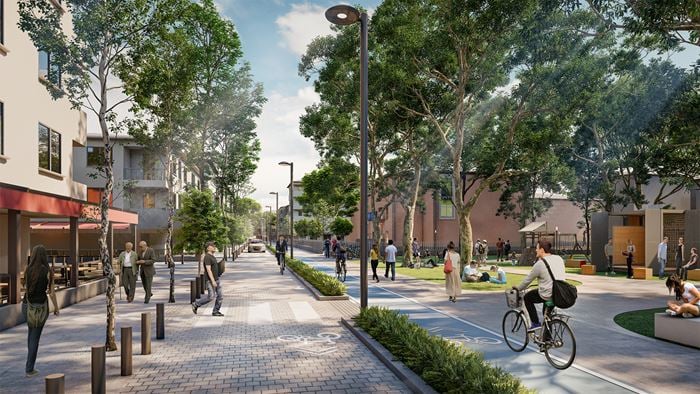I believe we should start to consider the additional side-effects that the ‘sharing economy’ is having on cities. Across the world, Airbnb has transformed hundreds of thousands of private residential rooms into short-term alternatives to the traditional hotel. And Uber has made hailing a taxi simple and cheap, adding massive additional supply of cabs to streets in hundreds of cities. These businesses quickly scale up as they provide innovative new consumer services - but often have longer-term positive and negative effects on city life.
These sharing economy businesses are able to monetise spare capacity in all sorts of contexts, often with reduced tax exposure, meaning that the consumer receives a great service at a compelling price. The person-to-person nature of the sharing economy also creates opportunities for a personalised service, which many people find more satisfying than dealing with larger businesses.
The second order effects are now also starting to emerge - and it’s these that may have major policy implications for cities. In property, Airbnb is starting to open up new areas of cities, often previously unknown to tourists, accelerating the effects of gentrification. And there is some evidence (from San Francisco in particular) that a property’s potential value on Airbnb is starting to affect overall housing costs.
People are beginning to take account of the income value of an asset in the sharing economy when they consider the price that they are willing to pay for it. This is having three effects.

Firstly, previously unwanted assets that might have been sold on, or disposed of, may be retained by those that own them (“why sell that car, if I can lease it out using easycarclub?”), meaning that limited assets may be hoarded by a smaller group of people.
Secondly, the factoring in of the sharing economy value in a sales price will mean that in future the assets would no longer be defined as “spare” – they would become longer-term financial investments that would require recouping. This suggests that the sharing economy is becoming a little bit more like the real economy – and not shared at all.
And thirdly, people are now buying assets with the intention of sharing – meaning that the factoring in of value will reinforce price growth, especially in property in desirable cities, worsening further the supply of affordable housing. In some cases, this has been made worse by properties being taken permanently away from the mainstream housing market, to be used for short holiday lets only.
In transport, Uber and Lyft are also beginning to change the face of transport demand. In Los Angeles, rideshare apps have already been cited as a factor in declining demand for public transport services, and night time transport services are particularly vulnerable. If the city authorities choose to match levels of service to demand, this could produce some cost savings, but will of course also impact on individuals that depend on that service.
If this trend is repeated elsewhere it could have implications for a city’s planned transport expansions – particularly London’s planned extension to the Underground system’s hours of operation to 24 hours. It may also lead to land use changes as public transport “deserts” become more desirable. But access to cheaper, more accessible, door-to-door transport options may also help social inclusion among older, and mobility impaired people.
We are dealing with economic effects that have the capacity to cascade, creating social effects as they play out.
But we shouldn’t fear these changes. Instead, the role of designers and policy advisors should be to help their clients look ahead, plan their response and adapt positively to these emerging patterns of behaviour and use. We could change the physical shape of our cities to embrace the future – so that apartments are partially designed according to their value on Airbnb.
I’d be interested to hear your thoughts on these long-term effects, and how they can be planned for.




